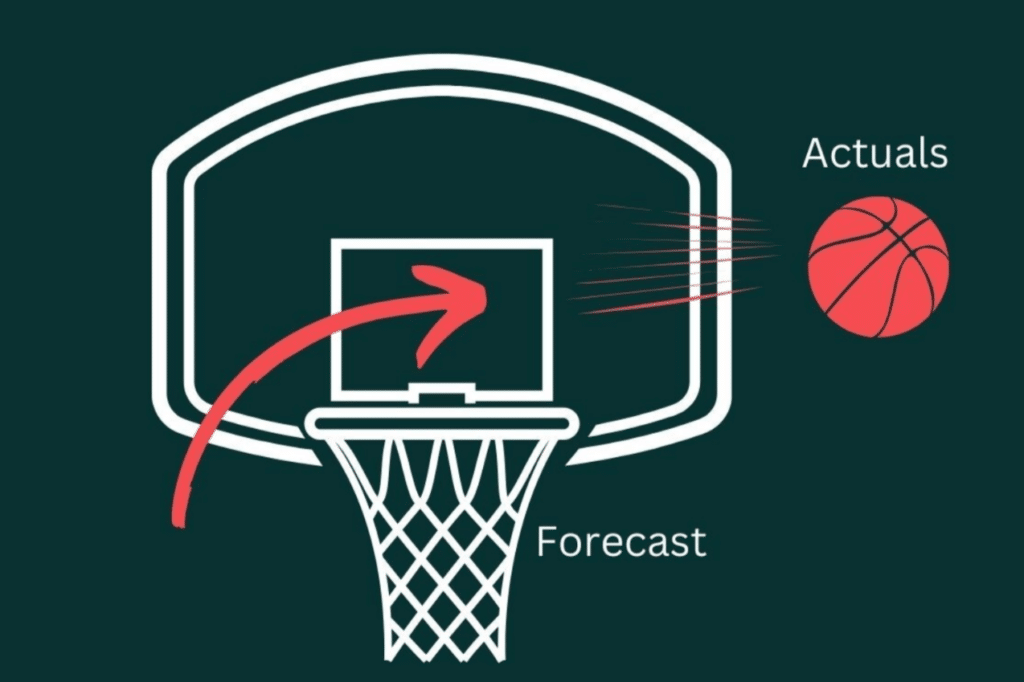Geographic sales territories have long been the standard for dividing up sales opportunities. They’re easy to set up and manage, but are they the best way to maximize your organization’s potential?
Research shows that 58 percent of companies lack faith in their territory design efforts. Concerns about accurate data, technology tools, and the frequency with which sales teams create and update territories all contribute to a territory’s effectiveness.
While geographic territories may seem like a natural solution, they often fail to address the reality of sales opportunities. Take New York City, for example: regardless of what you’re selling, it will likely have far more sales potential than Kansas City—leading to perceived or real fairness discrepancies among your sales reps. These inequities can impact morale, create retention issues, and ultimately hinder productivity.
The Limits of Geographic Territories
Although geographic territories are easy to set up, they often don’t optimize opportunities for the business. Simply put, not all territories have the same sales potential. If your company is going after a growing Total Addressable Market (TAM) or introducing a new product, geography alone won’t dictate success. Consider your segmentation needs: Would you benefit from focusing on financial services accounts or high-revenue accounts regardless of their location? Or perhaps you need to balance new customers with existing customers? Geographic territories may not be flexible enough to support these strategic goals.
Territory Balancing Criteria
As you consider moving away from geographic territories, your corporate strategy related to roles, products, and markets will guide you. Ask yourself:
- Are you expanding into a new market or targeting a specific company size?
- Are you launching a new product or targeting a particular vertical?
- Are you focused on high-growth potential accounts or long-term relationships?
Once you have answers to these questions, you can pick your balancing criteria. It’s important to remember that there’s no one-size-fits-all approach, and multiple factors may need to be considered simultaneously. Studies show that 52 percent of customers purchased more from a company that delivered a good customer experience that included customer-centric services made possible by balanced territory planning.
Here are some key criteria for territory balancing:
- Historical Performance: Look at which regions, products, or accounts have performed well in the past.
- Revenue Potential: Use metrics like ACV (Annual Contract Value) or ARR (Annual Recurring Revenue) to identify accounts with the most potential.
- Product Type: Specialized products may require a dedicated team, or certain product quotas may need to be met in specific territories.
- Customer Type: Segment accounts based on size, such as annual revenue, number of employees, or predefined account tiers.
- Industry: Some industries, like financial services or government, may require specialized knowledge or expertise.
- Account Score: Whether simple or advanced (using machine learning), account scores can provide insight into which accounts are most likely to buy.
Making Territory Planning Simple with SmartPlan™
The challenge with moving away from geographic territories is that the metrics and criteria needed to create optimized plans are often complex. For many organizations, the thought of balancing territories based on these metrics causes headaches for the RevOps team, especially when relying on outdated tools like spreadsheets.
This is where SmartPlan™ comes in. Fullcast’s SmartPlan allows you to create balanced, data-driven territory plans in minutes—even if your segmentation criteria are complex.
In some cases, SmartPlan can reduce territory planning time by 10-20x, freeing up your RevOps team to focus on strategy rather than manual work.
Read more: Crush Your Quotas This Year: The Territory Management Playbook
How Does SmartPlan Work?
SmartPlan uses an AI-powered rules engine to automate territory creation. Here’s how it works:
- Select Criteria: You specify the metrics that matter most—such as account score, ARR, or revenue potential.
- AI-Powered Segmentation: The system uses your criteria to automatically generate balanced territories that align with your goals.
- Immediate Impact: You can view the impact of the plan in real-time and make any necessary tweaks.
- Deploy to CRM: Once the territories are final, you can deploy them directly to your CRM with a single click—ensuring the changes are reflected immediately and accurately.
For example, let’s say Company A wants to balance territories based on account scores. They want to minimize disruption for existing reps while still optimizing territories for growth potential. Using SmartPlan, they run a balancing algorithm that aligns the accounts to the correct reps. After reviewing the plan, managers can tweak the allocations as needed—SmartPlan automatically adjusts the territories to bring them back into balance without disrupting the changes made by the managers. Once the final plan is in place, it’s deployed directly to Salesforce.
Why Geographic Territories Are Falling Behind
Many organizations continue to use geographic territory plans, but it’s no surprise that they’re struggling. Traditional methods don’t allow for the flexibility or complexity needed to implement today’s dynamic business strategies. As a result, spreadsheet-based territory management can lead to inefficiency and missed opportunities.
Studies show that 59% of companies that experienced market share growth over 10% reported investing in advanced sales technologies, including dynamic territory modeling.
Read more: Territory Management: Learn Why Agile Plans Outperform Static Plans
SmartPlan provides a scalable solution that enables companies to align territory management with their corporate strategy. It reduces the time spent on territory planning and makes it easier to optimize sales territories based on the metrics that matter most. Ultimately, SmartPlan helps businesses meet or exceed revenue goals by ensuring territories are aligned with the KPIs and strategic objectives that drive success.
Making the Shift to Smart Territory Management
By moving away from traditional geographic territories and adopting a more data-driven approach with tools like SmartPlan, organizations can:
- Maximize sales opportunities by creating dynamic territories based on the factors that matter most.
- Balance territories more easily, eliminating fairness issues and improving sales rep morale.
- Increase efficiency and reduce the time spent on manual territory planning, freeing up your team to focus on strategic priorities.
SmartPlan transforms territory management from a manual, error-prone process into a streamlined, automated one. It gives your organization the tools it needs to adapt to market changes, optimize territory assignments, and drive better sales performance.
For more information on how SmartPlan can revolutionize your territory management, click here to learn more.










